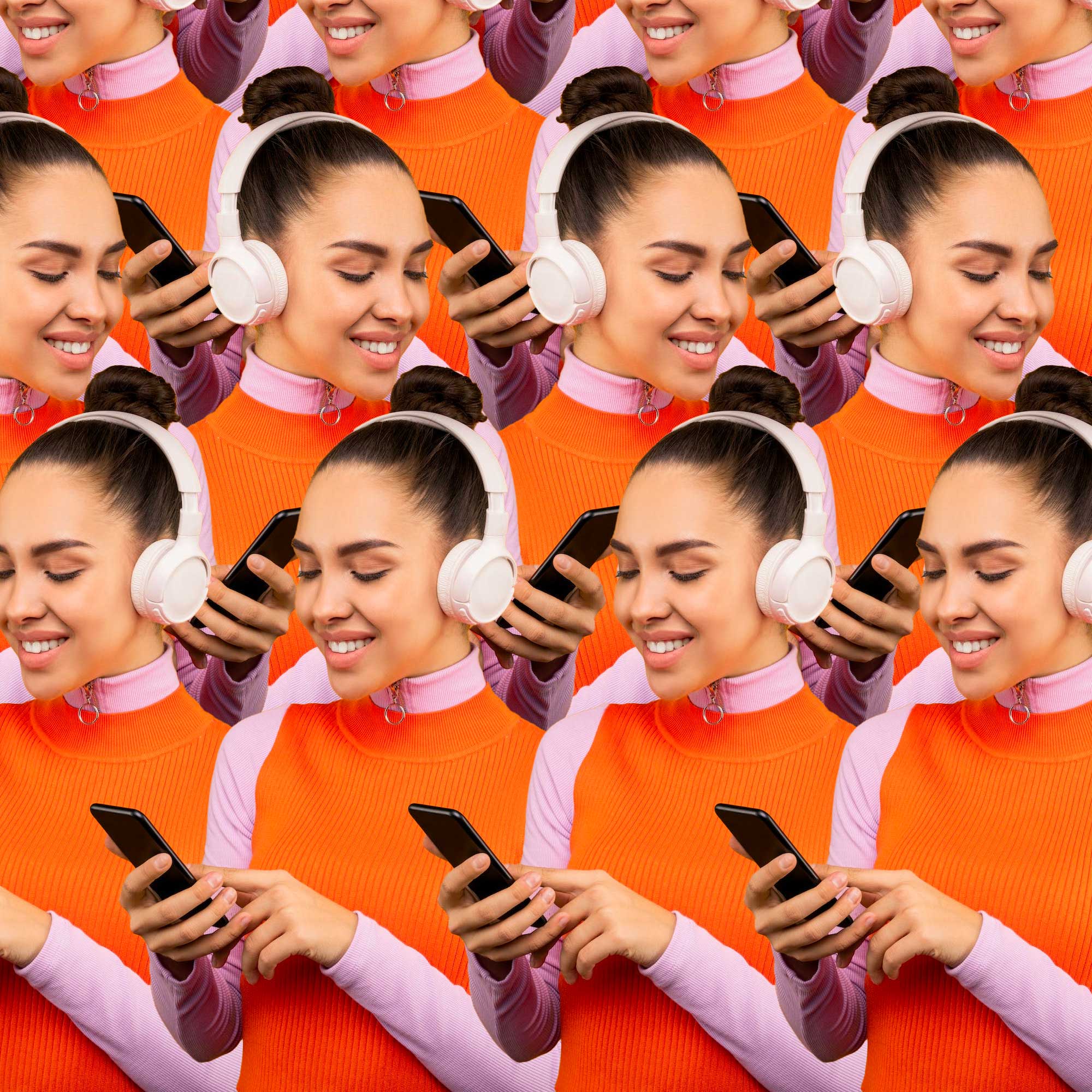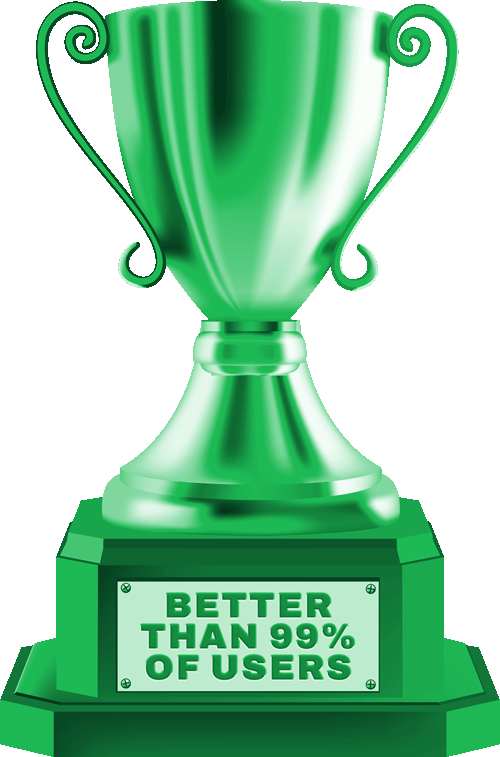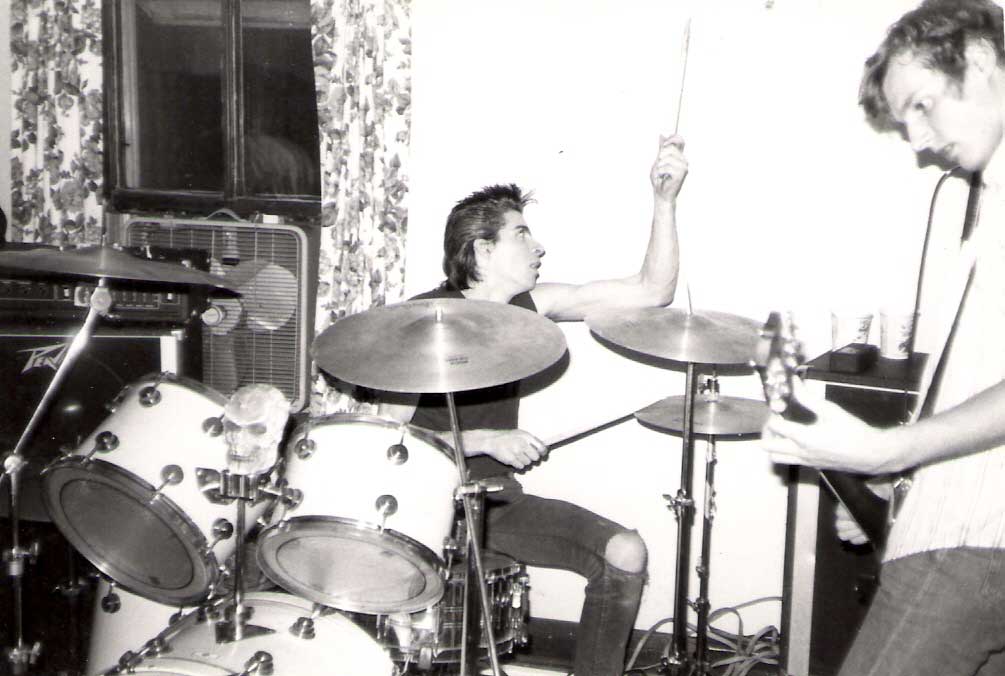
What Happens When We Stop Doing Things for Ourselves?
Julia Morrison
This November, Spotify told me that I am adventurous, that I listen to more music than 95% of users, and that my vibe is “Moody/Comforting/Exciting.” Just as I suspected! I am more interesting than everyone else.
For over 433 million people worldwide, Spotify Wrapped day is a holiday in its own right. A day when we can show off our impeccable taste, have a laugh at the “embarrassing!!!” (still cool in an ironic way) songs that popped up in our most-listened, and gain a better understanding of our own listening habits.
What makes Spotify Wrapped so exciting, such an event, is that it teaches us something about our favorite subject—ourselves. Plus, it gives us an opportunity to share that information with others in a succinct, aesthetically pleasing package without directly bragging. You can tell all of your followers that you listen to songs they’ve never heard of and that you do it all the time! It’s a lot like using an astrology app or taking an online personality test. We put in a few facts about ourselves, and the AI Gods read it and tell us who we are.
And one could argue that’s what makes humans, humans: the persistent desire to know what we’re like, how others perceive us, and why we do the things we do (like listening to Reelin’ In The Years by Steely Dan over 80 times). And while no one wants to be alone, we want to be assured that we’re unique. There’s no one out there who’s exactly like us, and we are complete and total individuals. Spotify Wrapped does just that. To directly quote my own Wrapped: “This year, you explored 120 different genres. Look at you, you little astronaut.” It’s almost self-aware in its condescending reassurance that I am, in fact, a special genius.
In a capitalist society, individuality is highly valued and entirely necessary to keep everything “afloat.” We’re conditioned from the moment we enter this Earth to look for differences amongst ourselves and search for what makes us, us. Collectivity and the Greater Good aren’t nearly as important as individualism and making it on our own, so we constantly seek out reassurance that we’re special and—let’s face it—better than everyone else.

Spotify does a great job of playing upon this need for individuality. Its algorithm works overtime to understand us, to make us feel understood, and to predict our desires. According to Marketing AI Institute, Spotify is unique in the complexity of its algorithm. It’s hyper-personalized in a way no other streaming platform is. It “leverages user data, from playlist creation to listening history to how you interact with the platform, to predict what you might want to listen to next.” Ultimately, it nudges users towards what it thinks will make them satisfied, making them more likely to maintain their subscriptions and recommend Spotify to potential customers.
To sum it up: they tell you what to like. So while these constant playlists, mixes, and listening suggestions can make our choices feel limitless, what it’s actually giving us is the illusion of choice and the same kinds of songs and artists show up over and over. As successful as Spotify is in making listeners feel special, it’s slowly making us more similar.
So where do we go when we want to escape the strong and very spooky hands of the algorithm? How do we listen to or create music, free from the influences of The Algorithms? For years, DIY music has been an appealing, sometimes entirely necessary source of relief and empowerment from the suffocation of Big Music.
Despite what its name suggests, the DIY music scene is about community. Doing it yourself, together. While DIY music has arguably existed forever, specifically politicized DIY, as we know it today, started in the late 70s punk scene. It’s hard to define, but in vague terms, it’s a form of music and a global community that keep corporations and mainstream music culture out of the equation. Shows are cheap, albums are self-produced, and artists are often directly supported through donations at the door, merch sales, and album sales (remember buying albums?). Additionally, there’s a focus on inclusivity and safety that is often lacking in the mainstream music scene.

DIY music allows artists and listeners alike to escape the pressures of capitalism and large labels because it relies on community, crowdfunding, and close relationships to self-sustain. Rather than hoping to land on the “Chill Surfer Techno Beats to Listen To While Making Dinner on a Tuesday” playlist, artists make music for themselves and their community—a creative freedom that is hard to find when vying for the attention of the algorithm.
Music created in this way, removed from the pressures of trying to please Spotify, allows musicians to create work that is truly one of a kind. It empowers listeners to find new music organically and form their own opinions, rather than being spoonfed whatever the algorithm has cooked up. And rather than being pummeled with the seemingly endless “choices” that Spotify gives us, we can actively decide the artists and communities with which we engage. DIY offers a space where actual individuality can exist while still building spaces and relationships with a sense of community.
“But why does it matter? So what if people stop making music for themselves? I am a very busy person with too much to worry about as it is!” You make a great point. And to be honest, I don’t know the answers to your very aggressive line of questioning! But what I do know is that a world void of unique artistic expression sounds scary and, frankly, icky.
When artists and listeners are told what to make and what to enjoy by an algorithm, we approach a singularity. If every musician is motivated by the same thing—appealing to the same algorithm—what happens? We all become one big, shapeless gray blob of homogenous content, probably.
And while it’s impossible to predict the future, Spotify and its algorithm are having massively negative consequences on musicians right now. As Liz Pelly writes for The Baffler: “Spotify’s ‘pro-rata’ payment model, for example, means artists are paid a percentage of the total pool of royalties relative to how their stream count stacks up in the entire pool of streams, meaning the tiniest of payouts for most independent musicians.” (I highly recommend reading her article for a beautifully written deep dive into what exactly Spotify is doing to the music industry, as a whole.)
Unfortunately, Spotify is, by design, the easiest, most accessible way to listen to music. I still use Spotify. But luckily for us, we are complex beings with infinite amounts of attention and time to give to the things we care about. So if you’re interested in supporting smaller artists, doing so is incredibly simple: just listen to them.
Find out where they’ll be playing next and buy a ticket or donate at the door or both. Wait for merch drops and see if you can afford to buy a (genuinely) unique shirt or poster. Buy their albums on Bandcamp, *especially* on Bandcamp Friday—a day when 100% of profits go directly to the artists (the next one is February 7th). Virtually tip (Venmo, PayPal, whatever!) your favorite musicians and creators. And although it is easy to let Spotify tell us what to do, there is a real and visceral thrill in finding your new favorite artists organically.